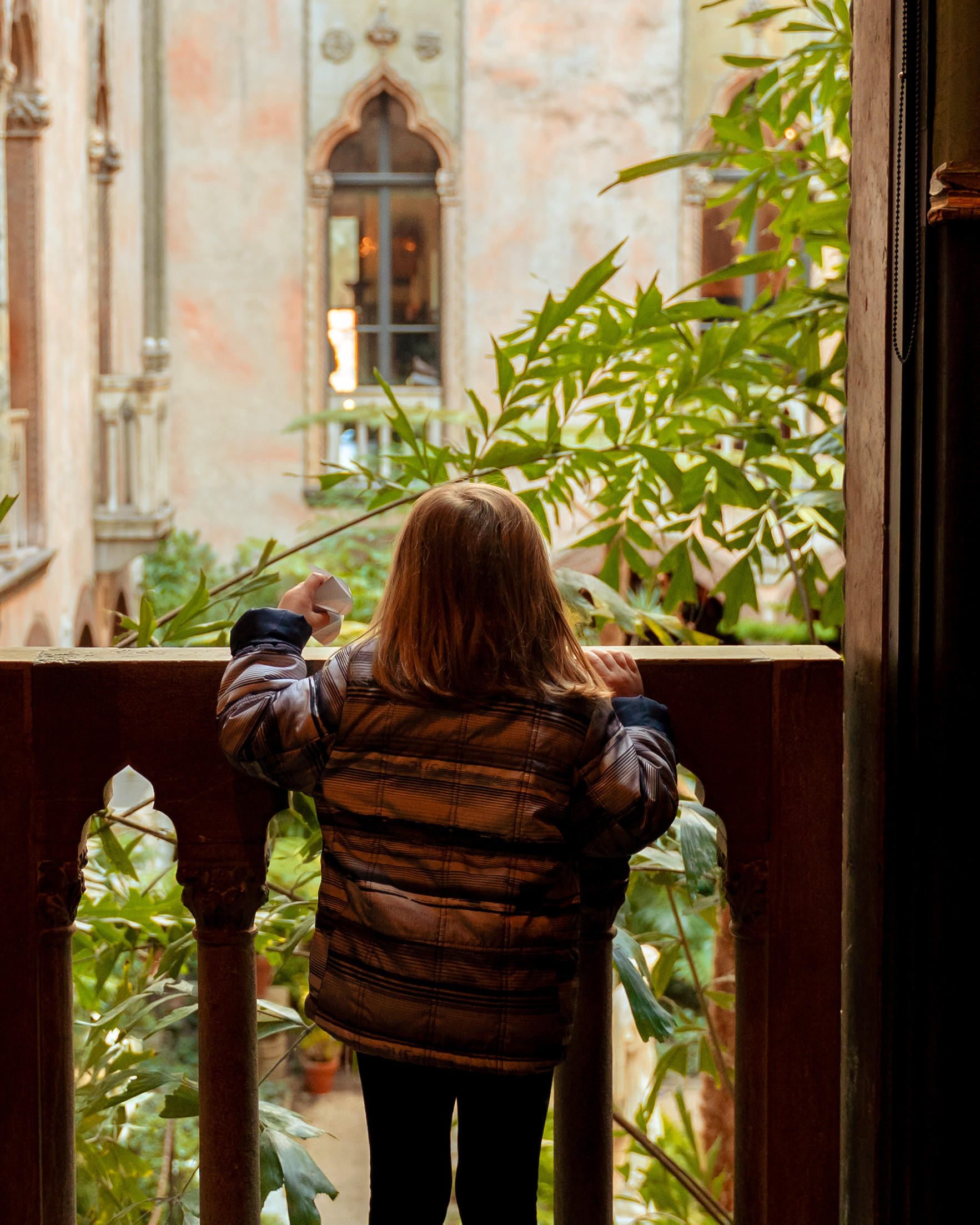It would be an understatement to say that Isabella Stewart Gardner cared deeply about nature—at least in its cultivated form. Horticulture was central to her life and to her Museum, where she placed a blooming courtyard at the heart of her galleries to create an ever changing dialogue between the beauty of nature and the magnificence of artistic virtuosity. So it is more than fitting that we carry on her legacy through responsible environmental stewardship and efforts toward a greener, more equitable society in the face of increasing climate risk.
Notable Accomplishments
Through our Climate Action Plan, the Isabella Stewart Gardner Museum aims to model a more resilient, sustainable, and equitable future to uphold the commitment of its founder, Isabella Stewart Gardner, to protect and preserve its collection “for the education and enjoyment of the public forever.” To support this effort, the Museum has joined the Boston Green Ribbon Commission Cultural Institutions Working Group. In alignment with the City of Boston's Building Emissions Reduction and Disclosure Ordinance (BERDO), which aims to reduce emissions to net zero by 2050, we have implemented several strategies to help mitigate our impact on climate change and support a more sustainable future for all. Notable accomplishments so far include:
- Optimization of the Museum’s HVAC systems
- Seasonal adjustment of gallery climate control parameters
- Upgrading to LED lighting throughout both Museum buildings
- Use of geothermal wells to augment our climate control systems
- Use of rainwater retention to irrigate the gardens and grounds
- Reuse and repurposing of exhibition construction and display materials
- Composting 100% of the "green waste” in our off-site greenhouses
- Practicing organic pest and disease management for our Living Collection
- Incorporating sustainability and climate action topics into our Public Programs and exhibitions

Photo by Faizal Westcott
Looking Ahead: Strategies for Change
This is just the start. As we continue our commitment to sustainability, the Museum will examine all areas of its operations to identify more opportunities for change and is committed to achieving the following outcomes:
Reduce Operational Impacts
● Reduce energy, carbon, emissions, waste, and water usage
● Embed sustainable procurement in purchase behaviors
● Encourage and provide resources for sustainable commuting and travel options
Future-Proof Buildings and Infrastructure
● Participate in engineered studies to explore more efficient options for the Palace and New Wing HVAC systems
● Employ a consulting firm to develop a campus master plan to support resiliency efforts
Engage and Educate Internal Stakeholders
● Build awareness and action among staff
● Develop skills and provide training resources
● Embed sustainability into all department functions and systems
Engage and Educate External Stakeholders
● Advocate awareness of climate change’s impact on people and the natural world to
visitors and organizations that we have relationships with
● Continue to foster programming activities and develop exhibitions to educate and
demonstrate our commitment to sustainability
Through this sustainability action plan, we aim to model a more resilient, sustainable, and equitable future to uphold the commitment of our founder, Isabella Stewart Gardner: to protect and preserve this Museum and its collection for the education and enjoyment of the public forever.